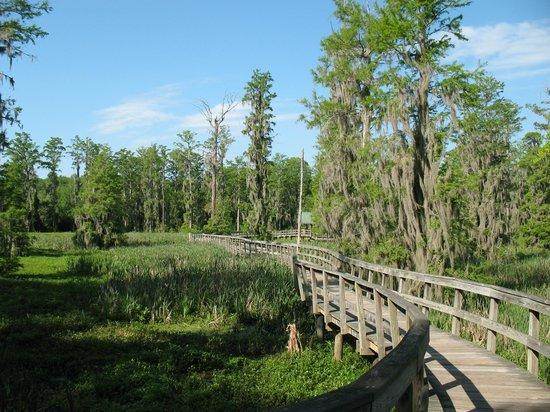Avocados are
very easy to start from the pits you get out of grocery store avocados. I have seen where a hot water soak was recommended to help with germination and I use that technique. Just put the pit in a styrofoam cup and cover it with boiling water and leave it overnight to plant the next day. It's not really necessary though, I have had pits that I threw in the
compost pile sprout, and a couple months later I am carefully digging it out of potato peels and coffee grounds so I can put it in a proper pot.
You say you are in a 9(b) climate zone -- you will need to protect your avocados from winter frosts. Some varieties are more cold hardy than others, but if it goes below 30F, you will be losing all the leaves and having it resprout from the base. Given that it takes a good 6-8 years for a tree to start bearing, you don't want to be knocked back to year 1 to have to start all over.
Avocados are grown in both Florida and California, so they can take wet or dry climates as long as they get sufficient water. Avocados have similar fertilizer requirements as citrus, probably because they are both trees where the crown comes down to the ground to exclude other plants. They get most of their nutrients from their own decaying leaves, so don't be thinking about companion planting them with some type of legume. I have grown nasturtiums and cilantro in the same pot as my avocado trees, but while they tolerated these companions, they seem to be happier when alone.
P.S. The store price is only indicative of how difficult they are to pack and ship, not to grow. The two years I lived in Santa Paula, CA, I never paid for an avocado. If there wasn't one ripe in the back yard, I could check the trees along the train tracks south of town, or just bicycle around town. An observant bicyclist cycling around town could easily come home with a sackful, picking up whatever fell. Ventura County produces about a quarter of the U.S. production of avocados.





 2
2




























 1
1




























 1
1









 1
1




 1
1















